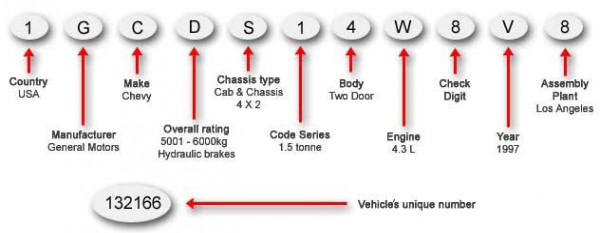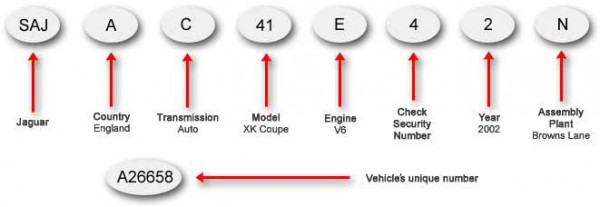Vehicle identification numbers (VINs) help combat fraud and are the main way we identify vehicles for registration and other processes.
Warrant of fitness and certificate of fitness inspections check the VIN. The police or vehicle inspectors may also check the VIN during roadside inspections.
Most vehicles require a VIN. It’s the manufacturer’s or importer’s responsibility to ensure a new vehicle has a VIN.
Some vehicles already have VINs assigned and attached overseas before they get to New Zealand. Otherwise, an entry certifier will issue and attach a New Zealand VIN at entry inspection.
Your vehicle may not need a VIN, if it has a frame or chassis number and:
But, if the frame or chassis number has been removed, your vehicle must have a VIN.
Only entry certification agents can allocate and fix VINs onto your vehicle.
VINs must conform to International standards as well as New Zealand Legislation.
Waka Kotahi NZ Transport Agency issues WMIs to New Zealand vehicle manufacturers – who can apply online for a WMI. Manufacturer is a person, firm, or corporation that issues the certificate of conformity or that demonstrates compliance and assumes product liability for a vehicle ready for operation, independent of the location of the assembly plant.
Importers or owners may be required to provide information to decode a VIN during the Entry Certification and Registration process. Manufacturers VIN decode information can be emailed directly to vindecode@nzta.govt.nz
A person must not remove, erase, alter, deface, obscure, destroy or obliterate a VIN or chassis number.
A vehicle inspector must not issue a WoF or CoF to a vehicle with a removed, erased, altered, defaced, obscured, destroyed or obliterated VIN or chassis number.
However, if a vehicle can be appropriately identified Waka Kotahi will authorise the affixing or re-affixing of a new VIN.
These vehicles should be referred to a VIN issuing Agent (AA, Drivesure, Nelson Vehicle Testing Centre Ltd, VINZ, and VTNZ). They will inspect the vehicle and seek approval from Waka Kotahi to issue or re-issue a VIN plate.
VINs can be:
stamped into the vehicle structure (often the firewall) during manufacture
stamped on a metal plate and fixed onto the vehicle body
etched onto the rear window of the vehicle.
Used import: Waka Kotahi-assigned VIN before 29 November 2009

Used import: Waka Kotahi-assigned VIN from 29 November 2009

Factory-issued VIN for a truck

Factory-issued VIN for a car
